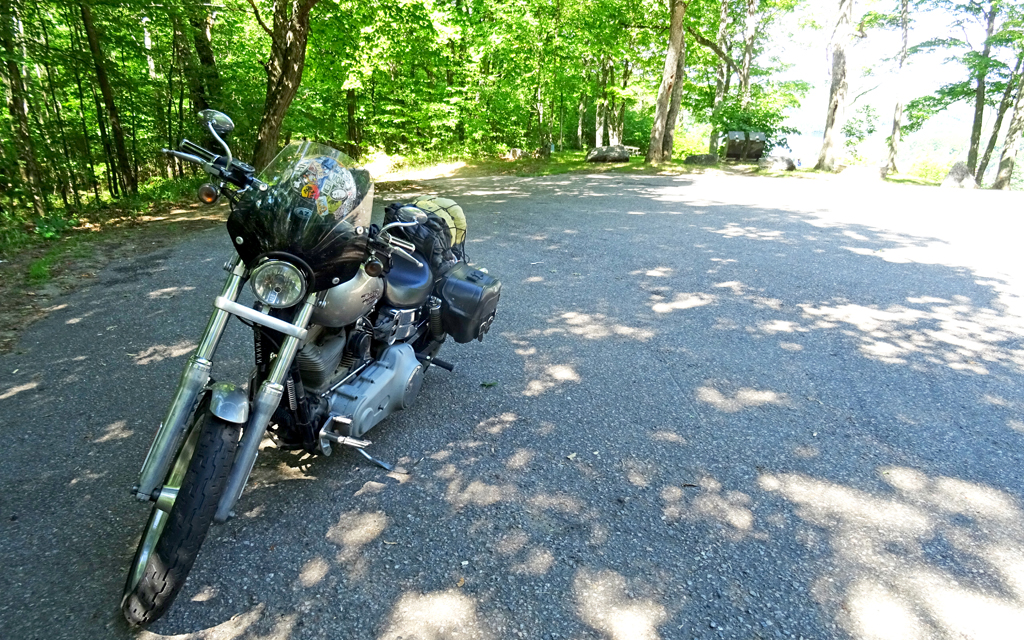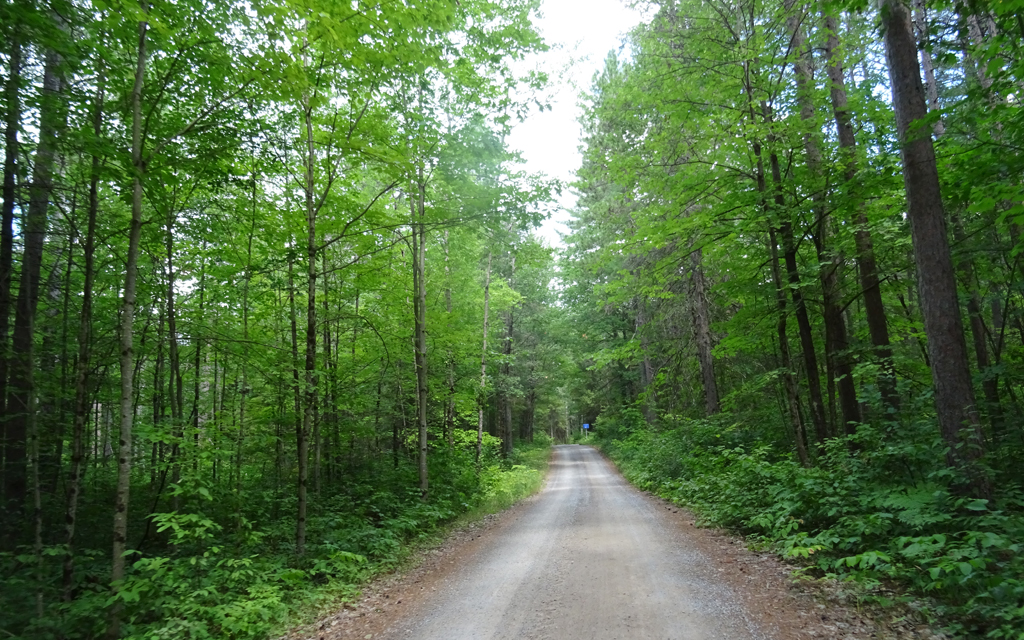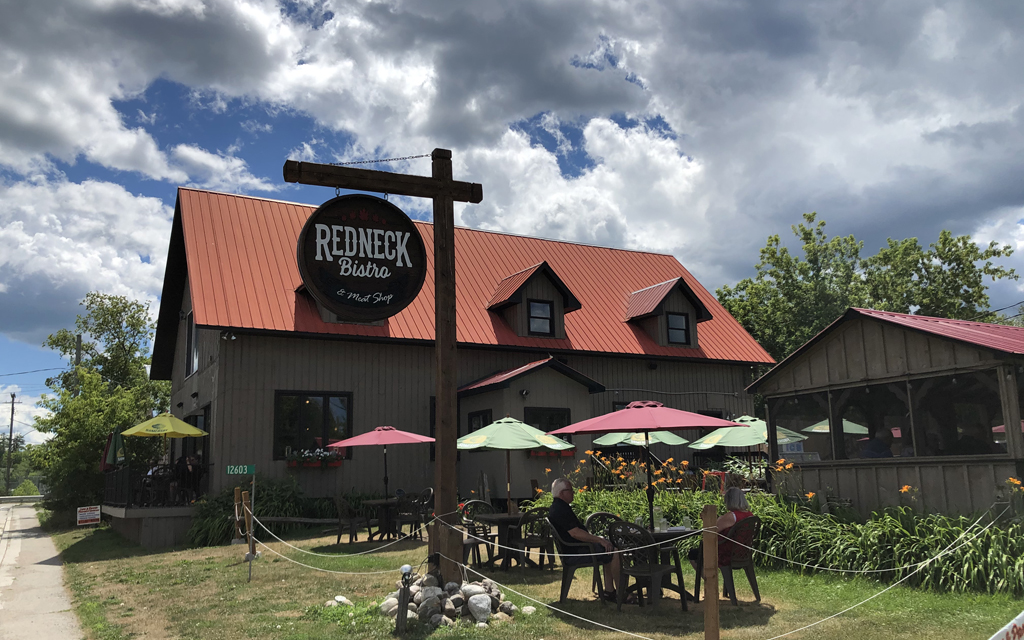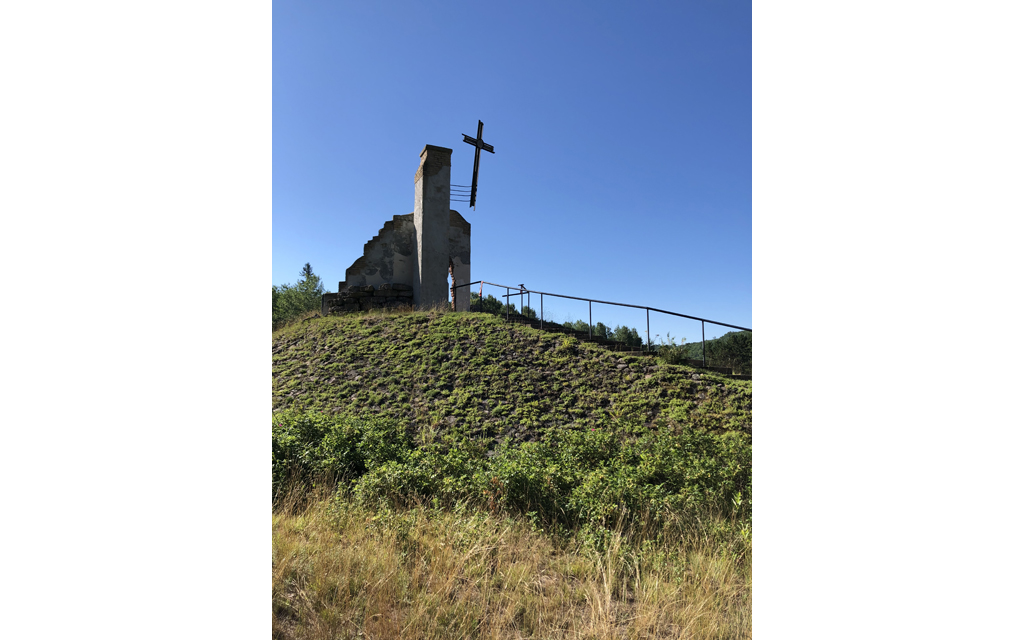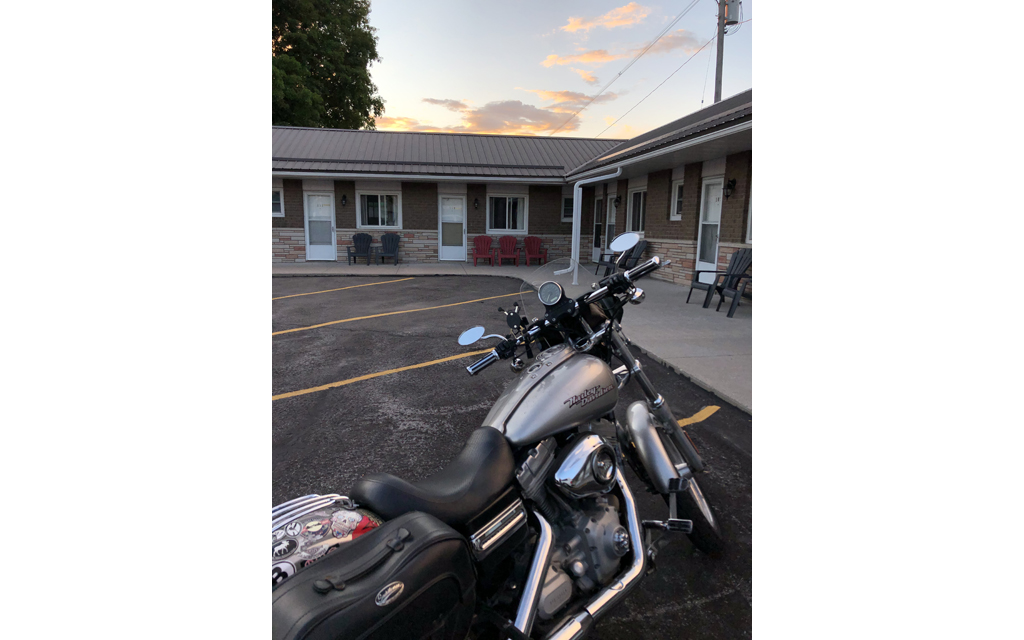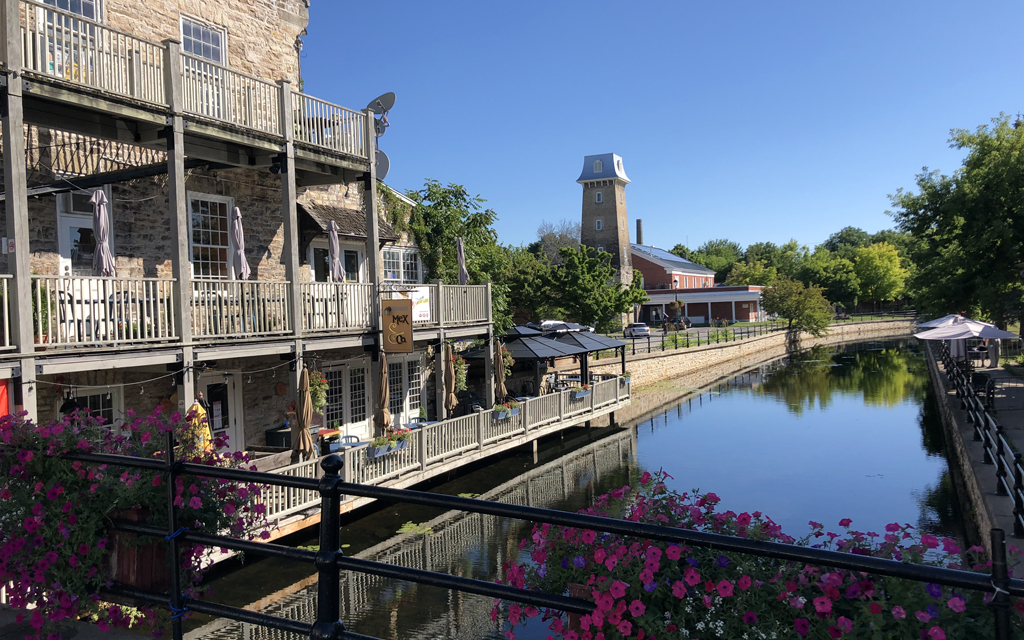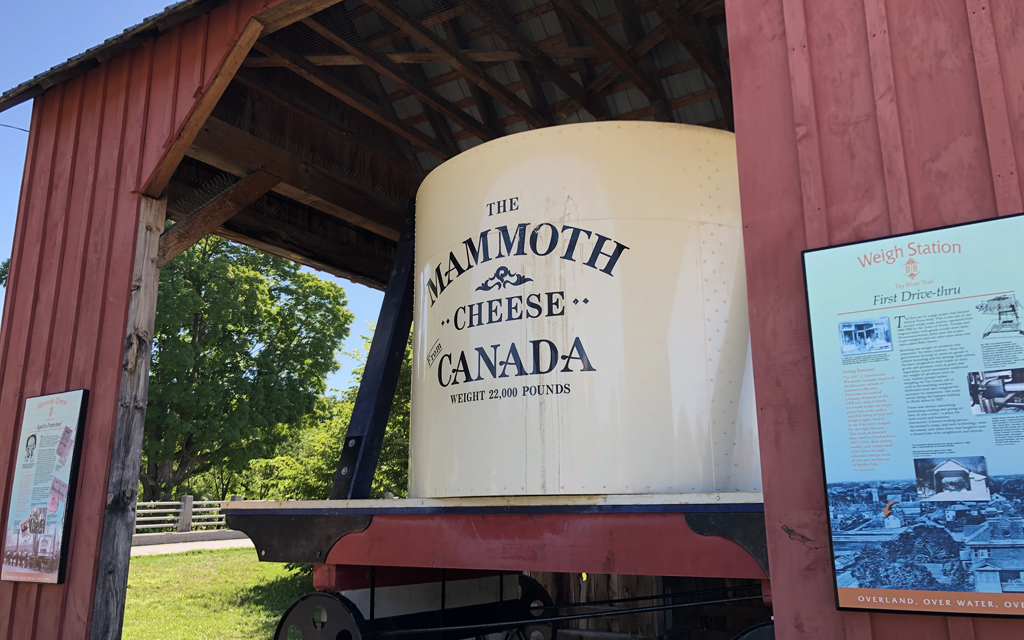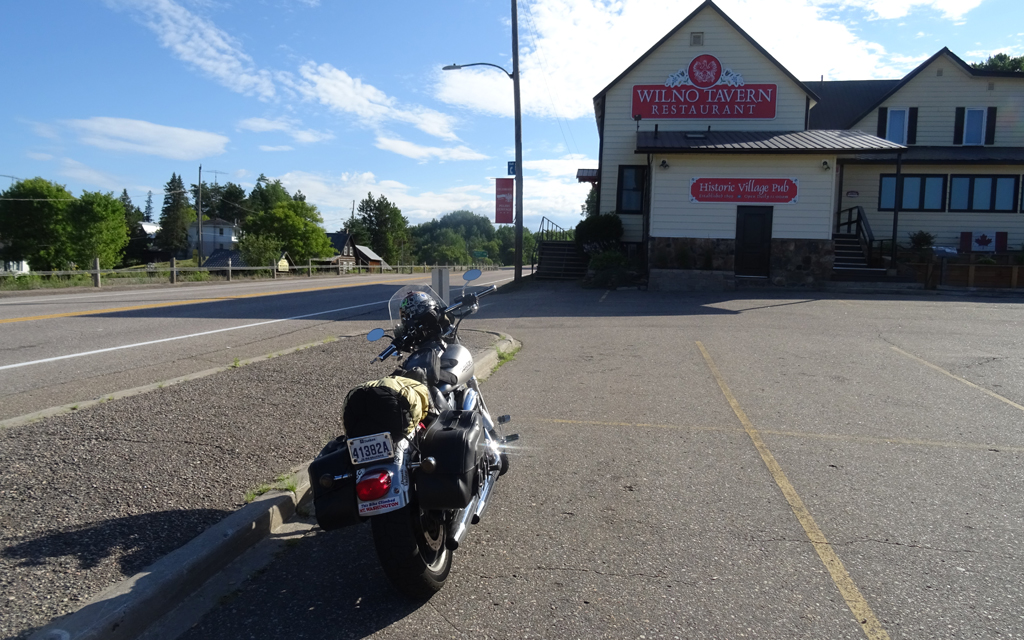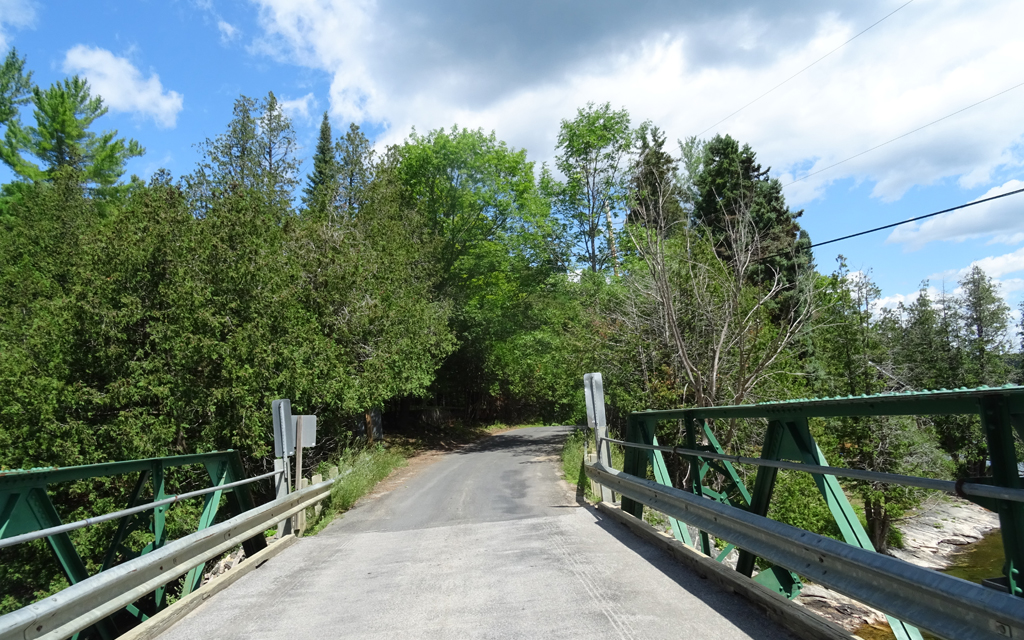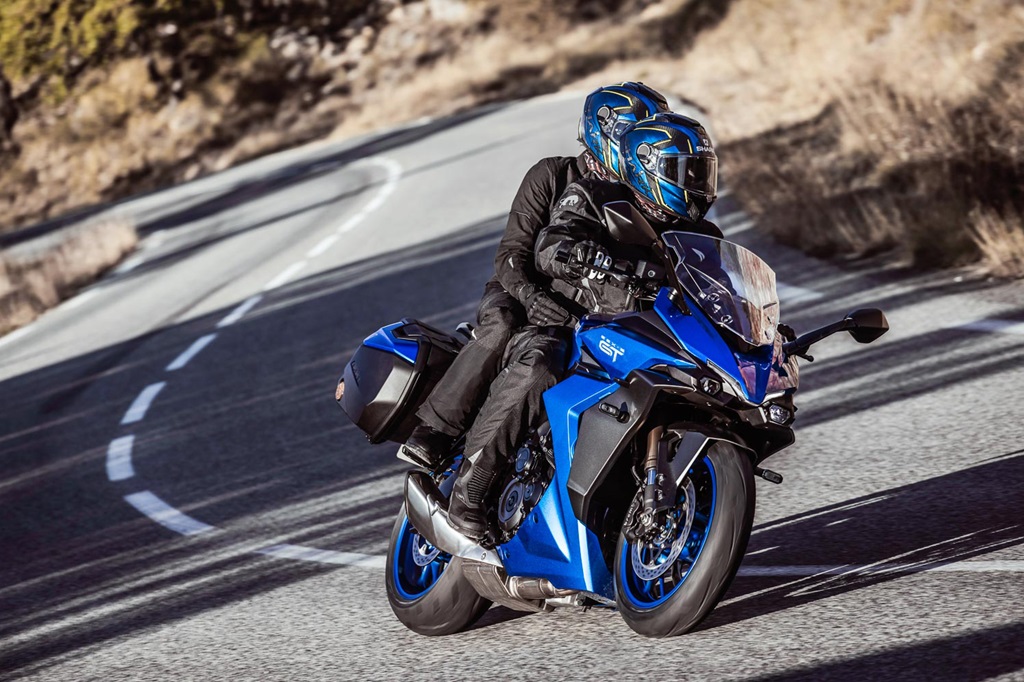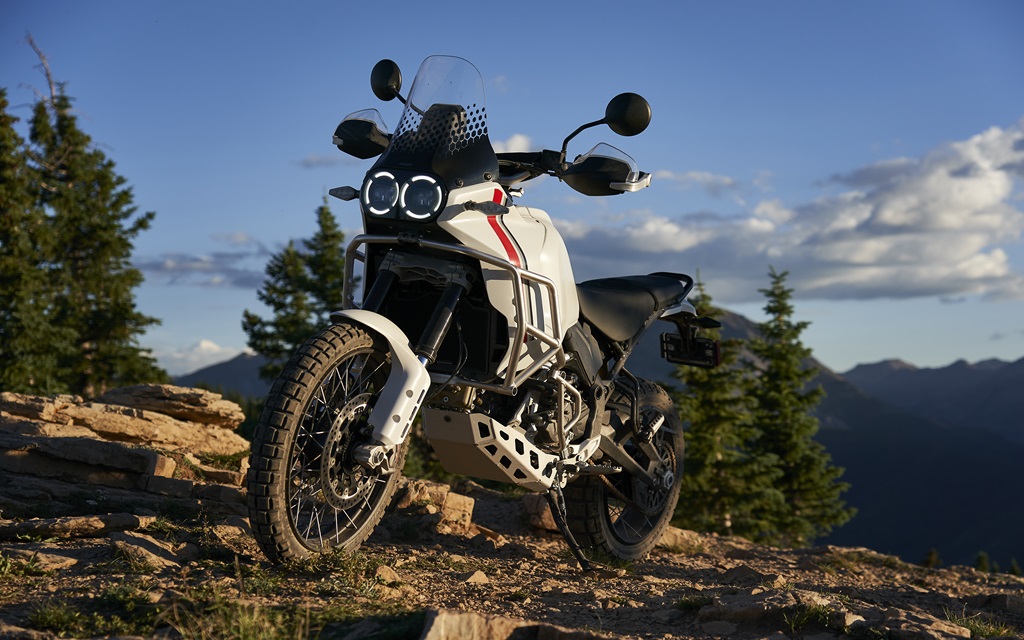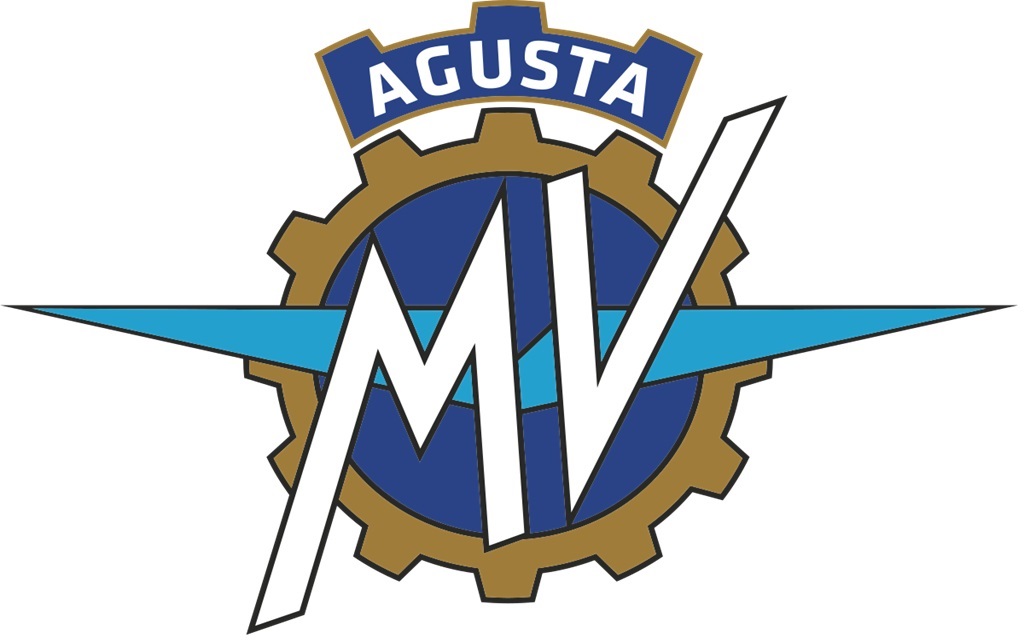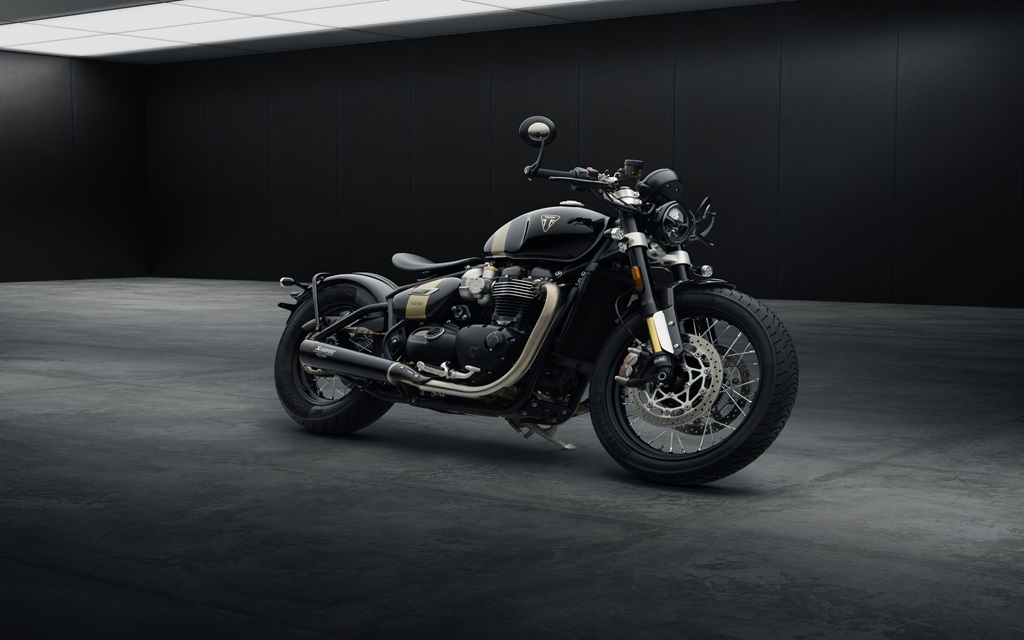Because of the virus that we all know too well now, most of my motorcycle projects for this past summer were put on hold. But I still wanted to ride, discover new places and new roads. What to do, then?
I thought why not go explore parts of the province just west from here, my neighbours in Ontario. Just a few hours’ drive from Montréal, there is an extraordinary playground for motorcyclists, the Highlands. This area between Ottawa and Georgian Bay is very welcoming and allows you to discover a beautiful part of Ontario.
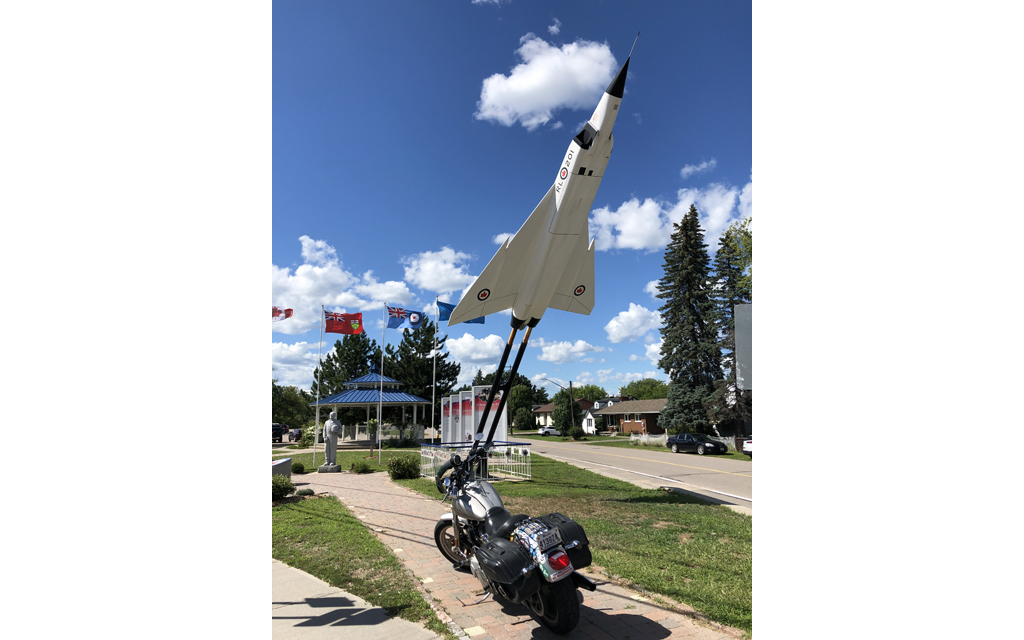
The roads in this vast region were carved by Canadian lumberjacks in good part, but also by a significant number of immigrants from Poland, Germany, Iceland, Switzerland, Ireland, Scotland, Belgium, and France. In the 19th century, they came to North America by boat and worked hard to create the fine road network that we enjoy nowadays. All along these roads, you will see commemorative plates and historical sites, and you’ll encounter fascinating people.
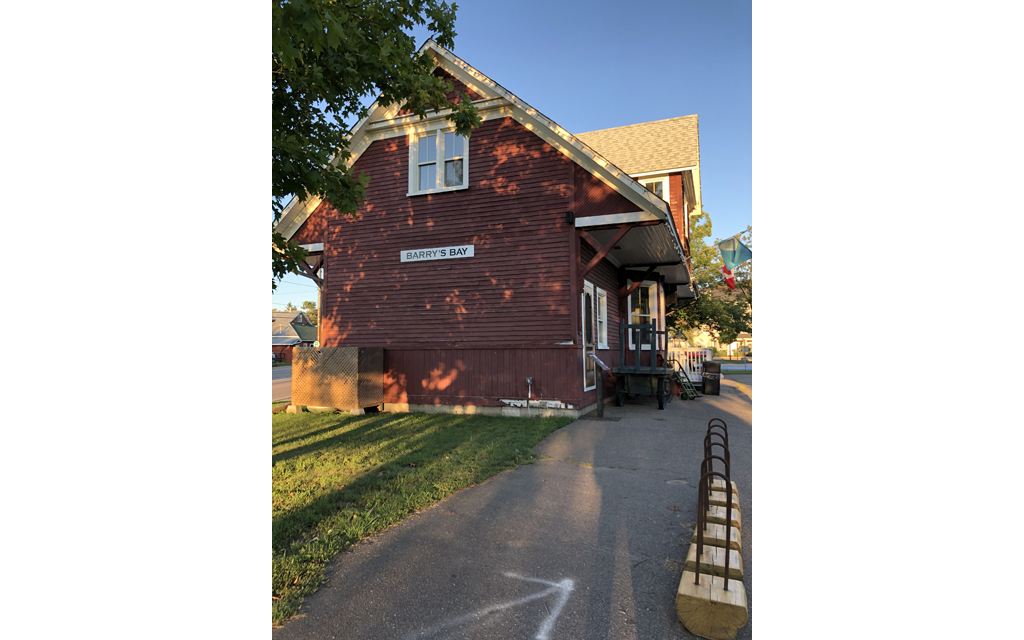
I left home on July 28, in the heart of the heat wave, for a four- or five-day trip. I had a few goals, things to see and roads to discover, but no fixed itinerary. I had a good idea of my destinations, though, and just wanted to follow the good weather. I did not make any hotel reservation because we always end up finding something (but that did add some stress occasionally because of the pandemic). In a few minutes, my luggage was ready. You have to travel light on a motorcycle, and I must say that, thanks to my fairly extensive travelling experience, I can pack in no time when I decide to go.
So I start on highway 50 to Ottawa and then road 511 to Calabogie where I stop for a lunch break on the terrace of the Redneck Bistro. Many motorcyclists are also here enjoying this fine sunny day. I then get back on my bike to continue my discovery of the great Ontario landscape.
It is mostly forests here, but there are also lakes and other water bodies to complement the scenery. I take a nice Calabogie Road and then a superb Centennial Lake Road. In between, I get lost and end up in a dead-end facing a huge hydroelectric dam. No problem, my tank is full. On the way back, I enjoy 10 km of freshly paved road and just roll through the curves. Roads 65, 71 and 41 are pure enjoyment. In Griffith, I stop for gas: $14. The young girl inadvertently punches $48 on the keyboard.
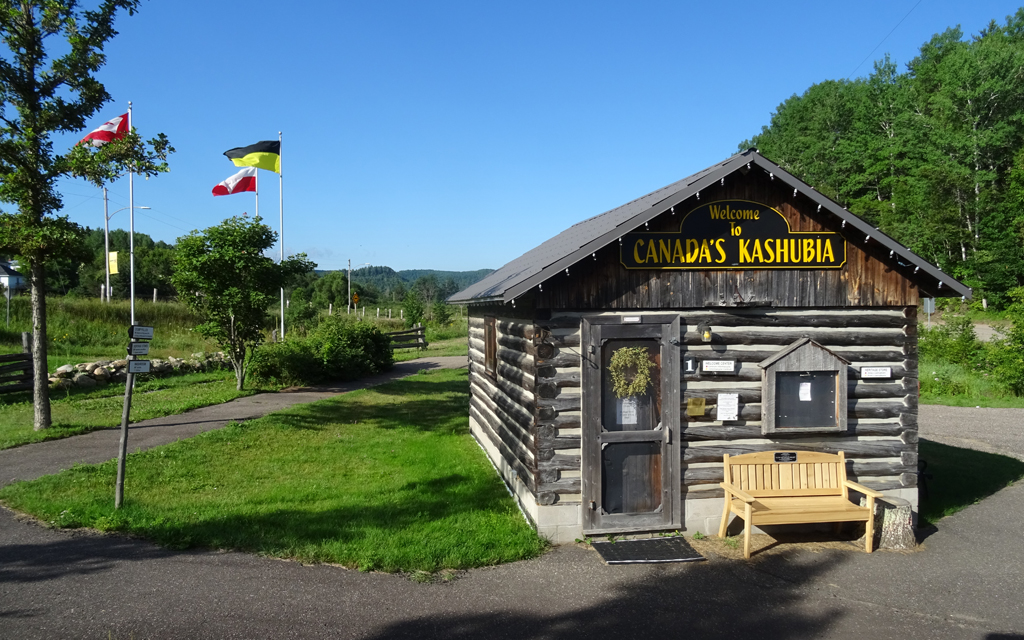
I then head toward Barry’s Bay where I plan to stop for the night. The first motel I see is closed, the second says “No vacancy,” and so I end up at the village’s historic hotel, the Balmoral, in front of Zurakowski Park. This park is named after a local resident, world-renowned test pilot Janusz Zurakowski. The most notable aircraft he tested was the Canadian supersonic interceptor known as the CF-105 Avro Arrow. I also learn about the history of Barry’s Bay by chatting with the owner of the hotel. She is German and her husband is Polish. She tells me about the early days of the hotel when there was a railway, and a pink saloon for women. Quite an interesting conversation. She also suggests that I visit the Polish Kashub Heritage Museum & Skansen and its village rebuilt to allow you to discover the life of the first Polish settlers in Canada. She adds that right in front, there is the renowned Polish Wilno Tavern. So I head back south on the fine twisting Old Barry’s Bay Road. I also make a stop at the Szare Szeregi (Gray Ranks) Monument to enjoy the sight and learn more about Polish history.
My next goal is climbing up the Dorset Lookout Tower to enjoy the extraordinary view of the region. On my way there, I discover the S Baptiste Lake Road: an absolute wow. I also make sure I stop at the Haliburton rest area on Skyline Drive where you can see the town below. I then head to the Haliburton Sculpture Forest to stretch my legs and see fine sculptures in a superb natural setting.
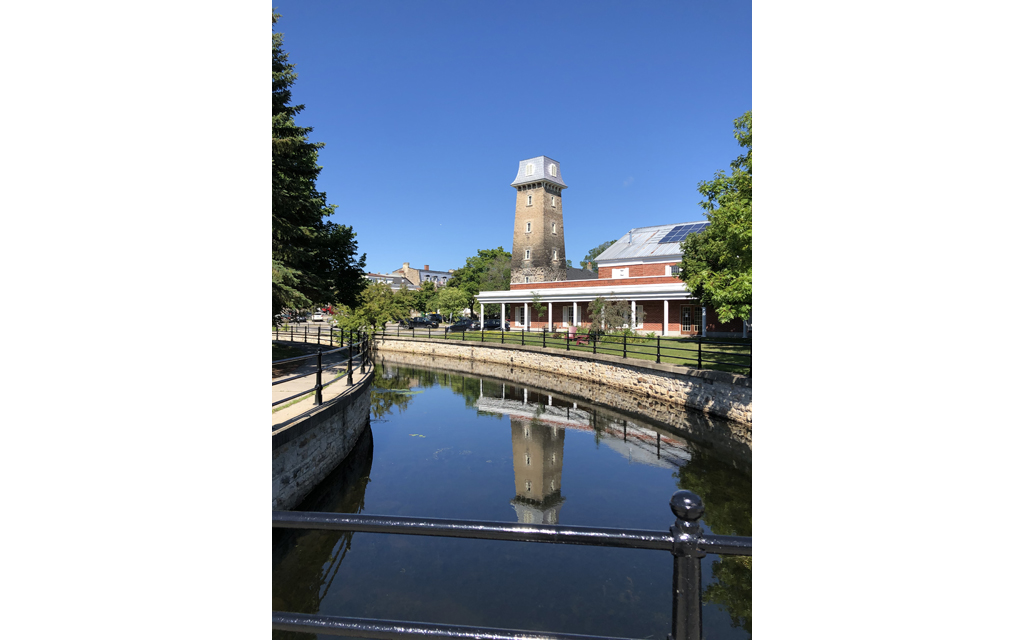
Too bad, the Dorset Tower is closed because of the pandemic. As a consolation, I stop at Zachary’s Restaurant for lunch on the waterfront terrace: inexpensive and delicious. I could not leave Dorset without stopping at the Robinson’s General Store. And then I ride and ride and ride until I finally find a place for the night, in Orillia.
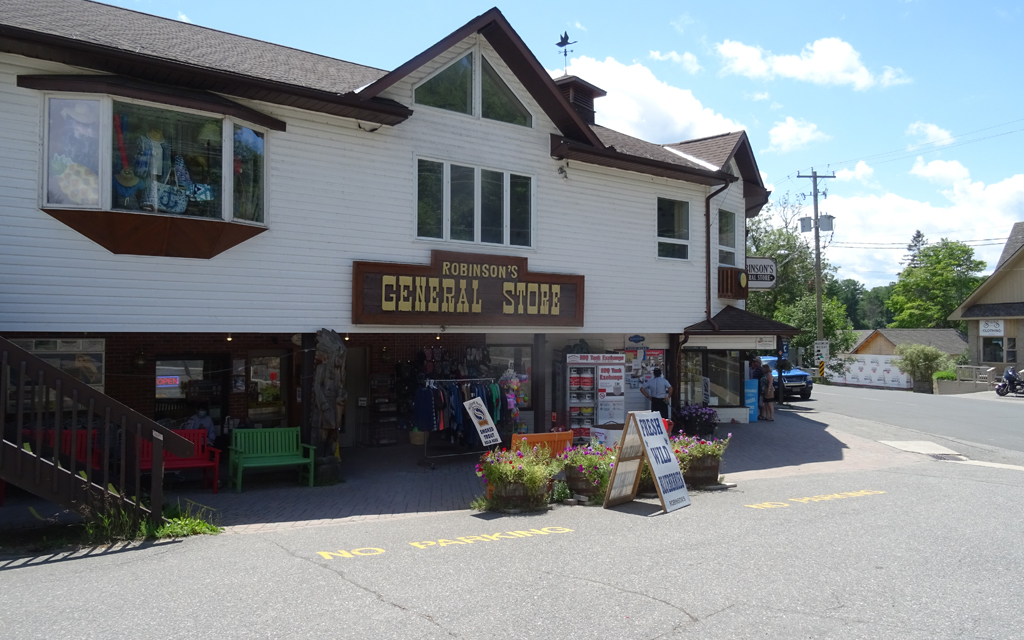
The next day is also filled with fine discoveries and lots of kilometres. The roads are nice, but not exceptional. Except that I end up doing some trail riding on my Harley to reach Petroglyphs Provincial Park. Wow, what a fantastic place! You can’t take pictures but you can see the giant rock wall with ancient Indigenous rock carvings protected inside a building with controlled ventilation. The setting is similar to the Dinosaurs National Monument in Utah/ Colorado. I just loved it.
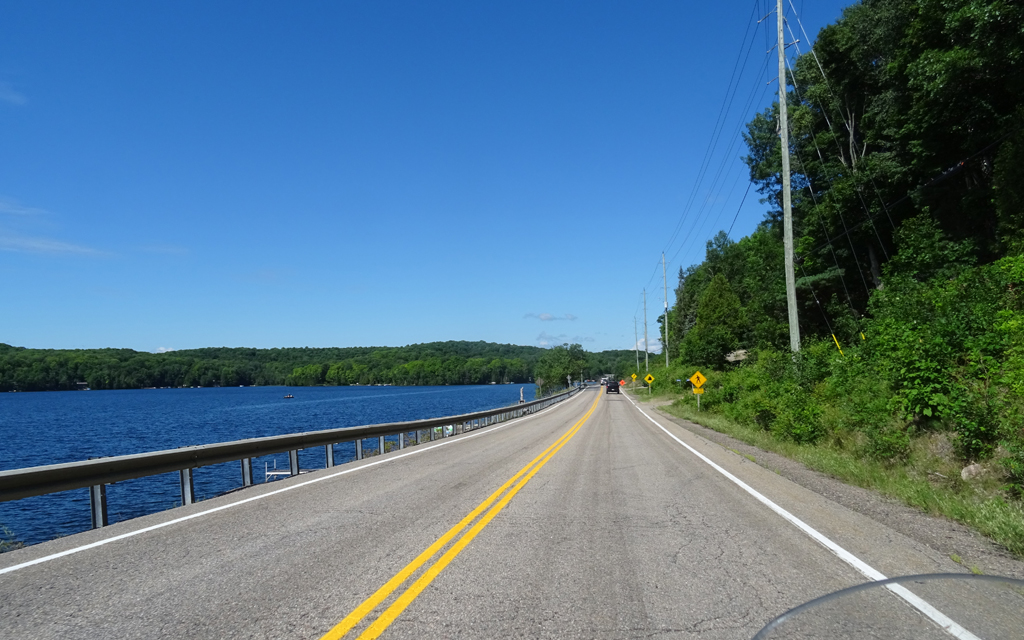
The weather is still fine, no rain, and the riding is really pleasant on these great roads. I stop in Tweed to see North America’s smallest prison (it’s closed). Then again, maybe it’s not the record holder, because the village of Creemore also says the same thing.
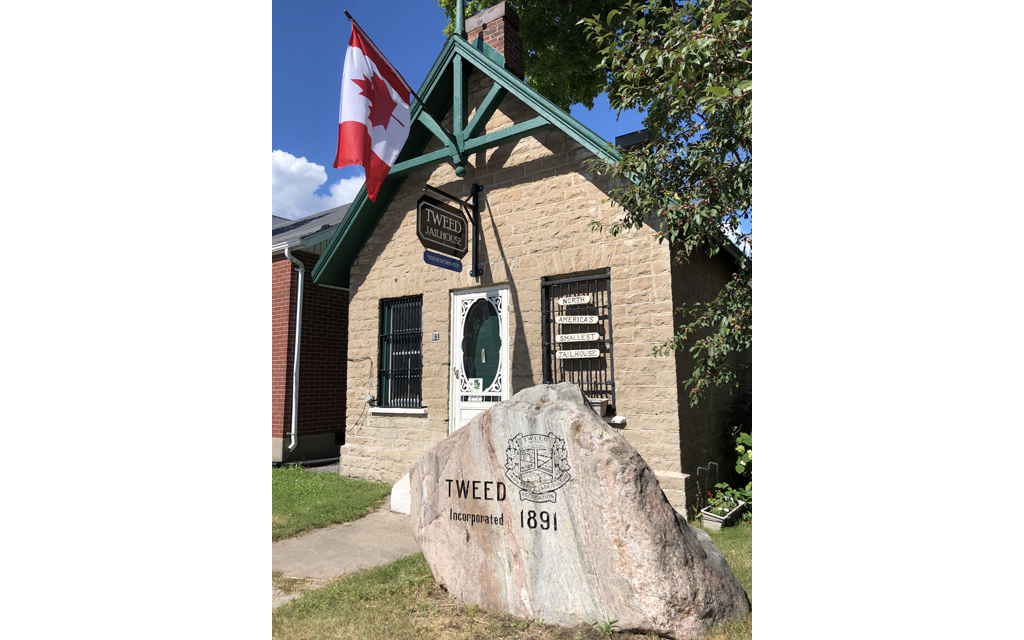
I spend the night in Perth, closer to home now. The next morning, after a good breakfast, I take time to walk around in the historic part of the city. I take a picture of the Mammoth Cheese. In 1893, a huge 22,000 lb cheese was made in Perth and exhibited at the World’s Columbian Exposition in Chicago to promote Canadian cheese worldwide.
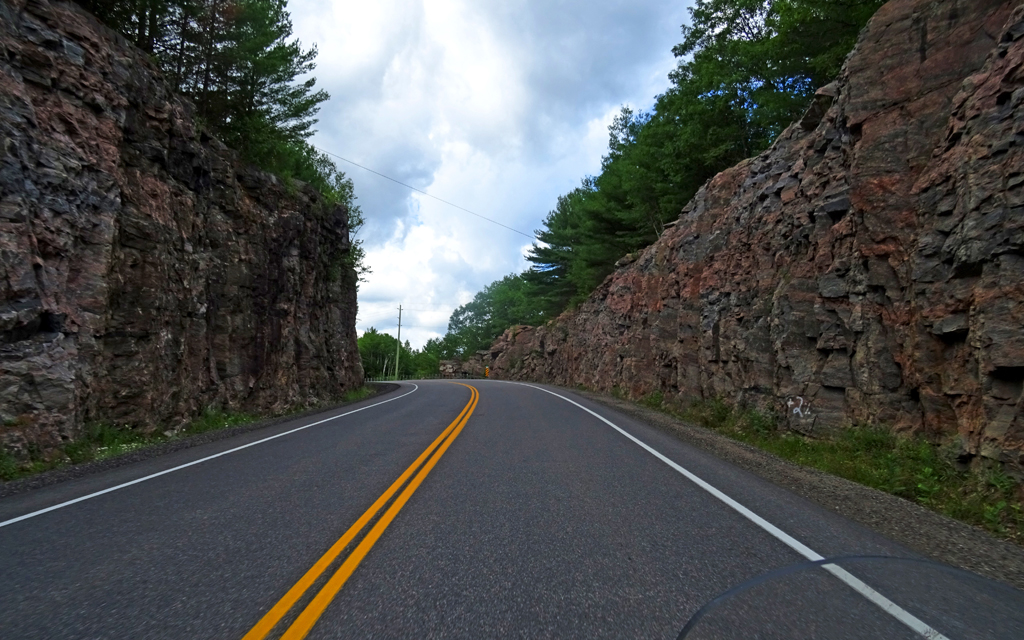
I then hit the road again, heading east through nice little villages. I stop for gas in Merrickville and chat with a cool 83-year-old man who asks if it would be too late for him to take a motorcycle course.
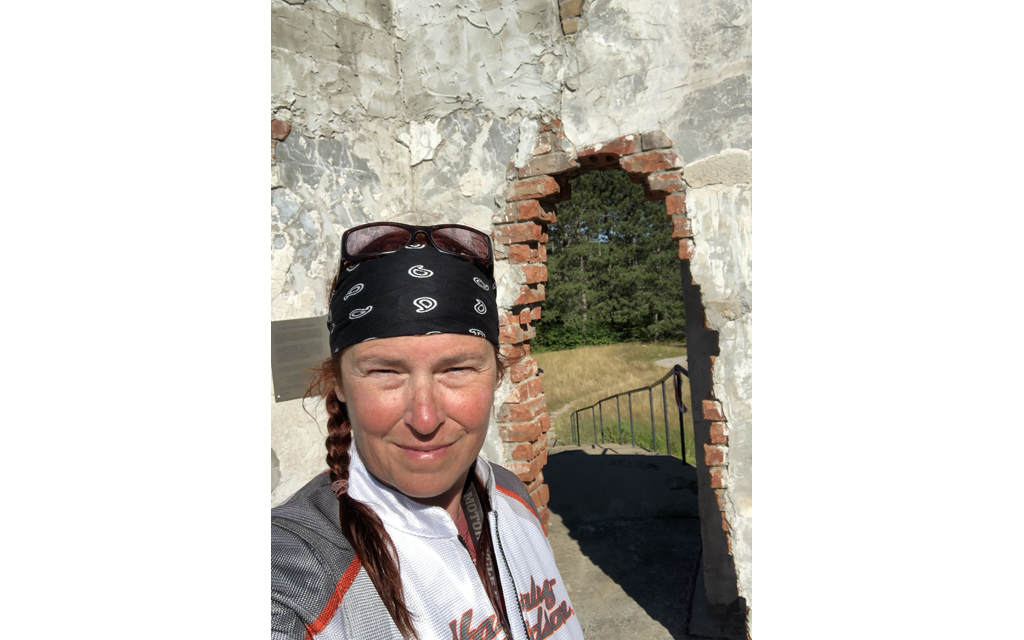
I had been planning to go to this fine part of Ontario for a long time, but I kept procrastinating and always went south of the border instead (and I’ll be happy to go again eventually). But with the borders closed all summer, the stars were aligned for me to venture into new territories. This region is really worth discovering for motorcyclists, especially the northernmost part. There is less traffic, more hills and more curves, so it’s great for riding.
